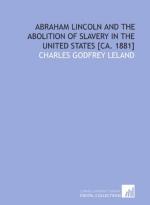|
This section contains 5,993 words (approx. 20 pages at 300 words per page) |

|
SOURCE: Sayers, Raymond S. “Castro Alves and His Successors.” In The Negro in Brazilian Literature, pp. 109-35. New York: Hispanic Institute in the United States, 1956.
In the following excerpt, Sayers examines the themes of torture, violence, and suffering in the antislavery poetry of late-nineteenth-century Brazil, paying special attention to the work of Antônio Frederico de Castro Alves, whom he considers to be Brazil's greatest and most influential abolitionist writer.
There are several important movements in the poetry of the last three decades of slavery. The first is represented in the work of the local color school, which has been described as being characterized by a combination of romanticism and realism. The second in order of time is seen in the “condor” poems of the Castro Alves school, for which the ground had been prepared by some of the local colorists and by the earlier romantics, and which...
|
This section contains 5,993 words (approx. 20 pages at 300 words per page) |

|


